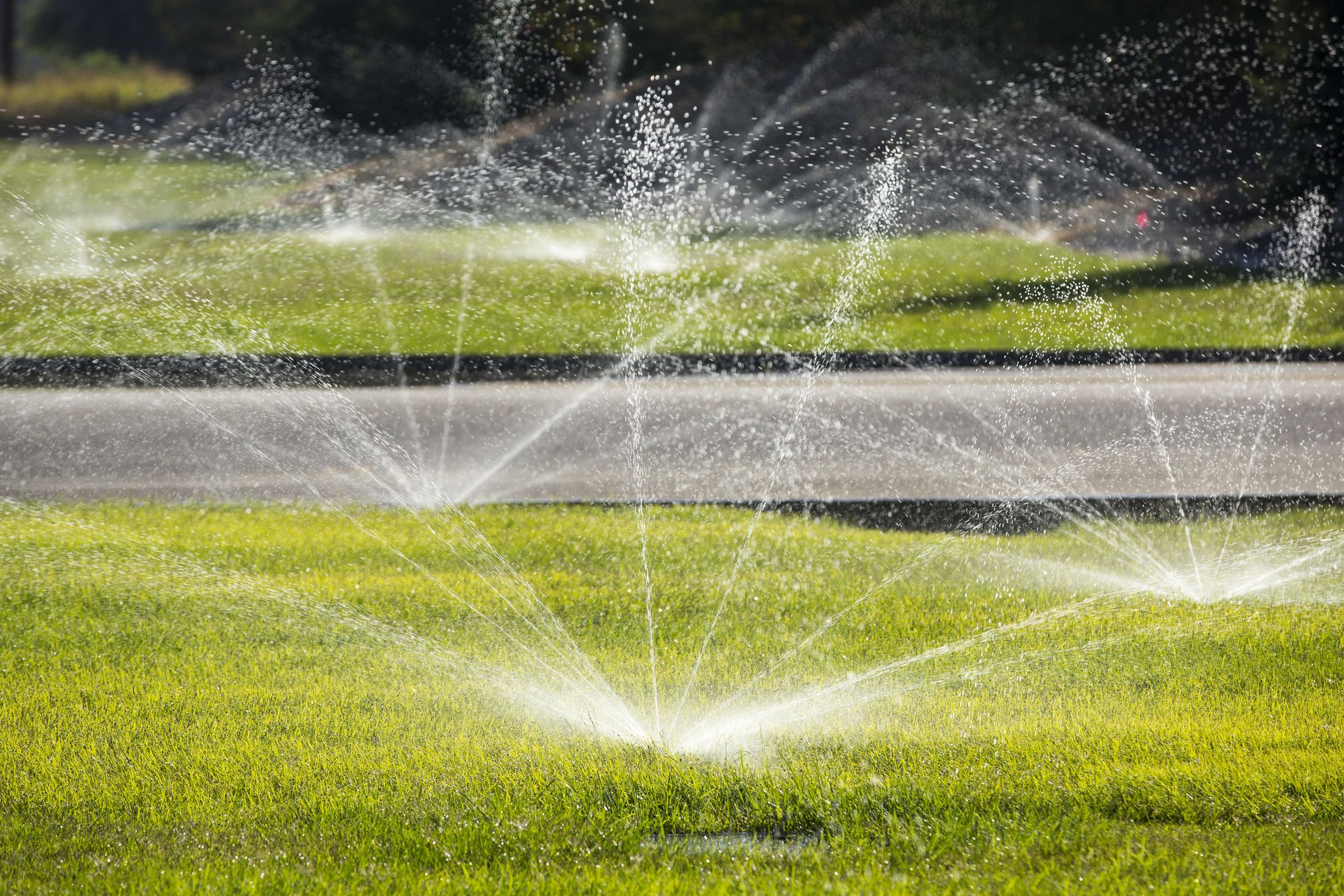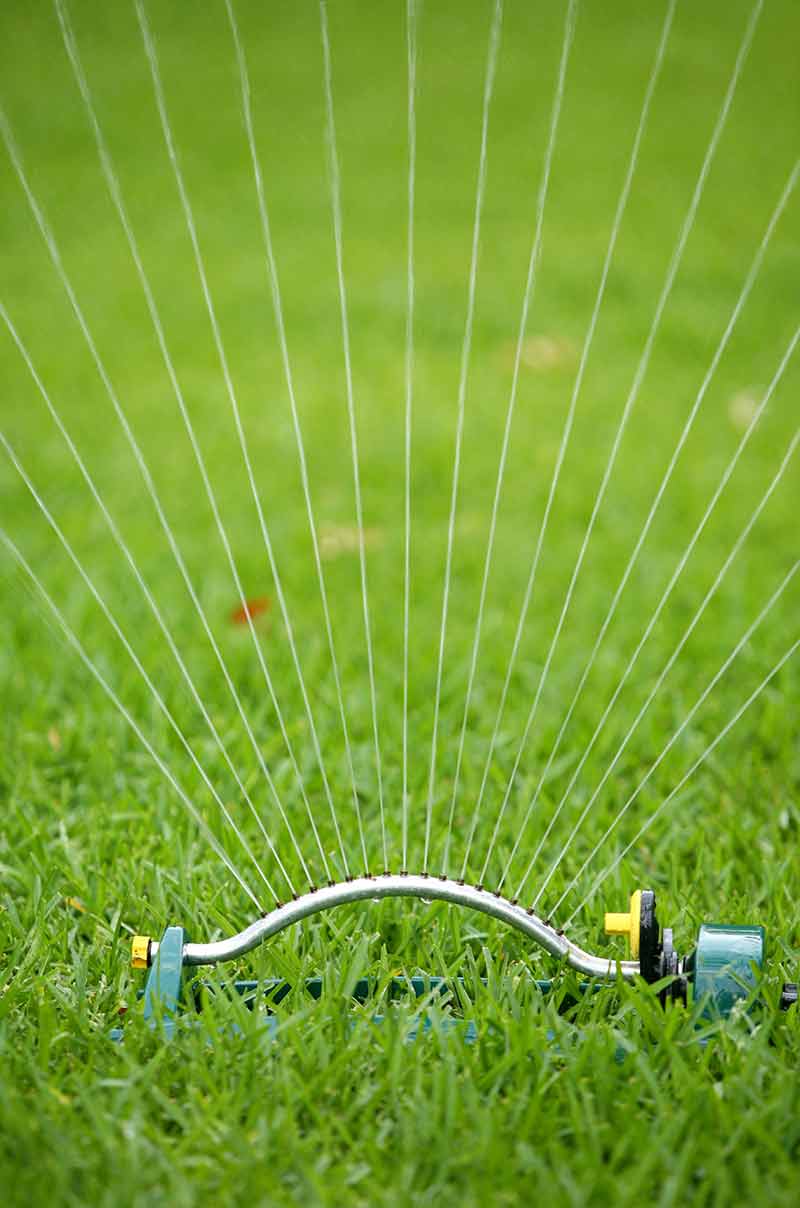
Introduction:
Maintaining a lush, green lawn requires more than occasional watering. Efficient lawn watering is essential for the health and vitality of your grass. In this guide, we’ll explore strategies to water your lawn efficiently, promoting a vibrant and sustainable outdoor space.
Understanding Watering Needs:
Before diving into efficient watering techniques, it’s crucial to understand the specific watering needs of your lawn. Factors such as grass type, soil composition, and local climate influence how much water your lawn requires. Tailor your watering practices to meet the unique demands of your outdoor space.
Establishing a Consistent Schedule:
Consistency is key when it comes to lawn watering. Establish a regular watering schedule to provide your grass with a steady and dependable water supply. Consistent watering helps prevent under or over-watering, promoting a balanced and healthy lawn.
Watering Early in the Day:
The timing of your lawn watering plays a significant role in its effectiveness. Water your lawn early in the day, preferably in the morning. This allows the grass to absorb moisture before the heat of the day, reducing water loss through evaporation and minimizing the risk of diseases.
Investing in a Quality Sprinkler System:
A well-designed and properly maintained sprinkler system is a valuable asset for efficient lawn watering. Invest in a quality sprinkler system that covers your lawn evenly, ensuring all areas receive adequate moisture. Regularly inspect and adjust the sprinkler heads to optimize water distribution.
Implementing Deep Watering Techniques:
Encourage deep root growth by implementing deep watering techniques. Instead of frequent shallow watering, which can result in shallow root systems, water your lawn less frequently but deeply. This encourages grass roots to penetrate deeper into the soil, making your lawn more resilient during dry periods.
Using Mulch to Retain Moisture:
Applying a layer of organic mulch around your lawn can help retain soil moisture. Mulch acts as a protective barrier, reducing water evaporation and preventing weed growth. This simple and eco-friendly method contributes to efficient lawn watering and overall water conservation.
Monitoring Soil Moisture Levels:
Stay attuned to the moisture levels in your soil. Use a soil moisture meter or perform a simple hand-check to determine if your lawn needs watering. Avoid watering when the soil is already adequately moist, preventing water waste and potential issues like fungus growth.
Adjusting Watering Based on Weather Conditions:
Adapt your lawn watering routine based on weather conditions. During periods of rain, reduce or skip watering to prevent over-saturation. Conversely, in hot and dry conditions, consider increasing the frequency and duration of watering to meet the heightened demand.
Properly Watering New Turf or Seedlings:
Newly laid turf or freshly seeded areas require special attention. Water these sections more frequently and gently until the grass establishes itself. Once the new turf or seedlings take root, gradually transition to a regular watering schedule suitable for the rest of your lawn.
Conserving Water with Smart Practices:
Efficient lawn watering also involves water conservation. Collect rainwater in barrels to use for watering, fix any leaks in your irrigation system promptly, and avoid watering hard surfaces. By adopting these smart practices, you contribute to both a healthy lawn and responsible water use.
In conclusion, efficient lawn watering is a holistic approach that considers various factors to promote a thriving and sustainable outdoor space. By understanding your lawn’s unique needs, adopting proper watering techniques, and incorporating water-conserving practices, you can achieve a lush and healthy lawn. For more detailed information and additional tips on efficient lawn care, visit mimimises.org.











